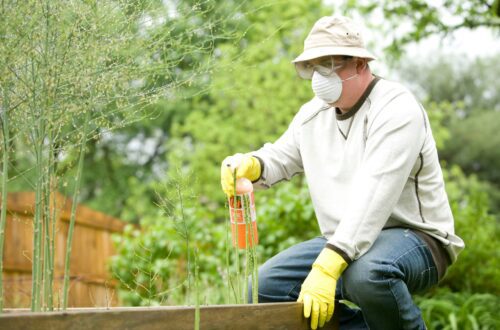Linen. The very word conjures up thoughts and feelings of comfort and pleasure, the inviting refuge of cosy linen beddings, and the cool, breezy feel of a linen shirt or blouse. Linen is one of humanity’s favourite fabrics, and there are many good reasons why! Let’s explore some of those as we get to know this soft and supple old friend a bit better.
The first thing that comes to my mind when hearing the word is bed. There are few things more comfortable than slipping into bed between fitted linen sheets! Linen is a breathable fabric that allows moisture to wick away, preventing any sweaty dampness on hot summer nights, and keeping us warm and happy in the winter cold. It’s no wonder that hotels all around the world rely on linen for their bedding to keep their slumbering guests comfortable in any kind of climate! Not only that, linen is highly durable and easy to wash, too!
Linen is made from flax, a modestly attractive plant with pretty blue flowers native to Europe and the Middle East. Flax has been used by humans for around 40,000 years, the wild plant eventually becoming domesticated, raised for its many useful qualities. Flax fibres make a wonderful cloth, our main interest here, but also produce nutritious omega-3 fatty acid-rich seeds that make a healthful bread, and oils that range from edible to those used for carpentry wood finishing and as an oil painting fixer.
Early examples of flax being used as a textile come from the Fertile Crescent region, one of the cradles of civilization. The Egyptians used the durable and hygienic cloth to wrap their mummies in, positing that linen could last for ages, as it has since been proven to! Linen’s uses were manifold, the Egyptians and many other cultures of the region used it to make clothing, and the Romans employed it in sail making, such was its strength relative to other fabrics.
As technology advanced, so did the methods of refining flax, with the first flax mills appearing in England in the 18th century. Rougher grade versions were used to make ropes and twines, whilst the finer grades were spun into high-quality cloths like damask and lace. And, of course, fine linens enjoy enormous popularity as the bedding of choice for so many people and institutions, this humble meadow plant is now a worldwide industry.






